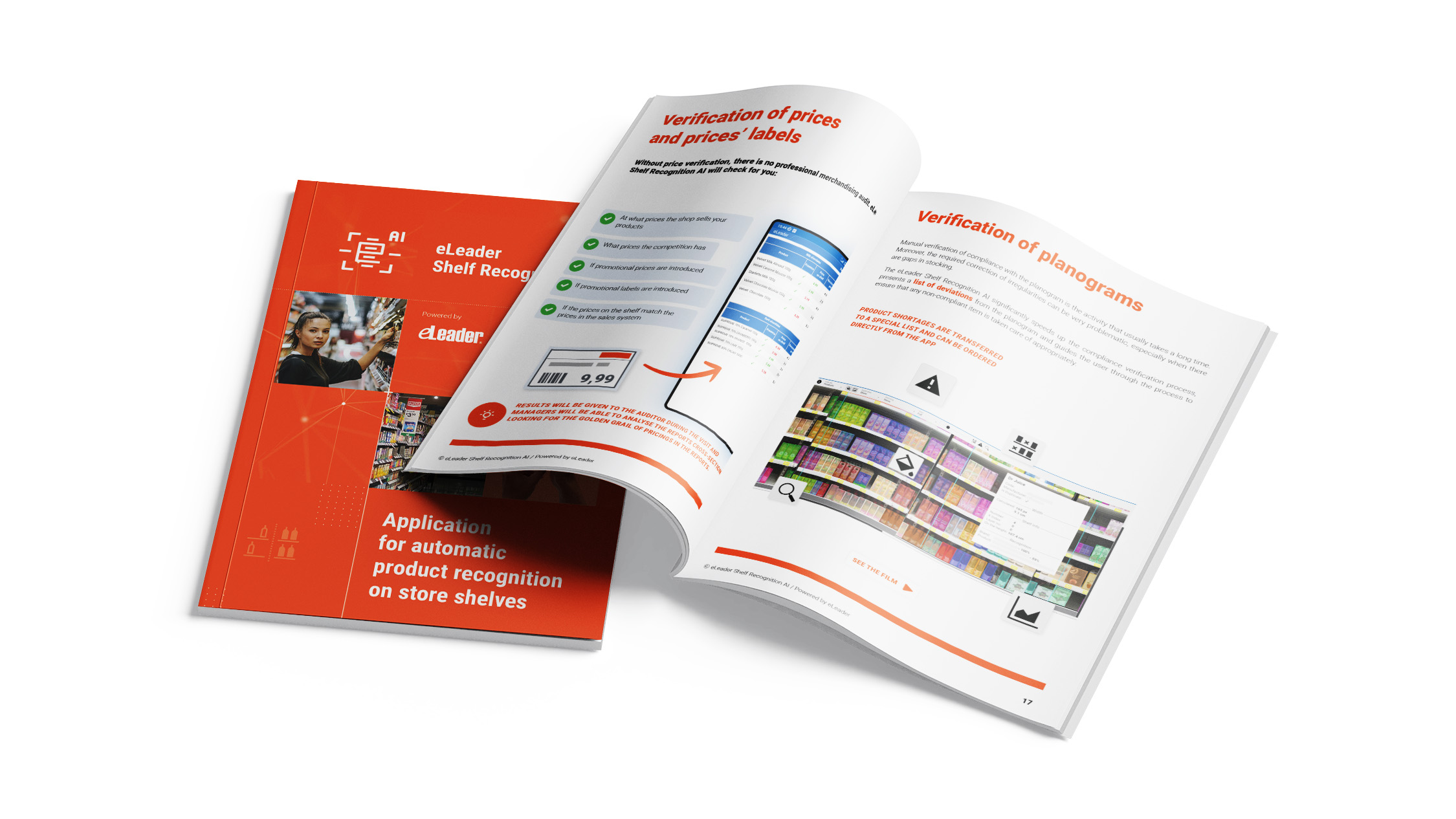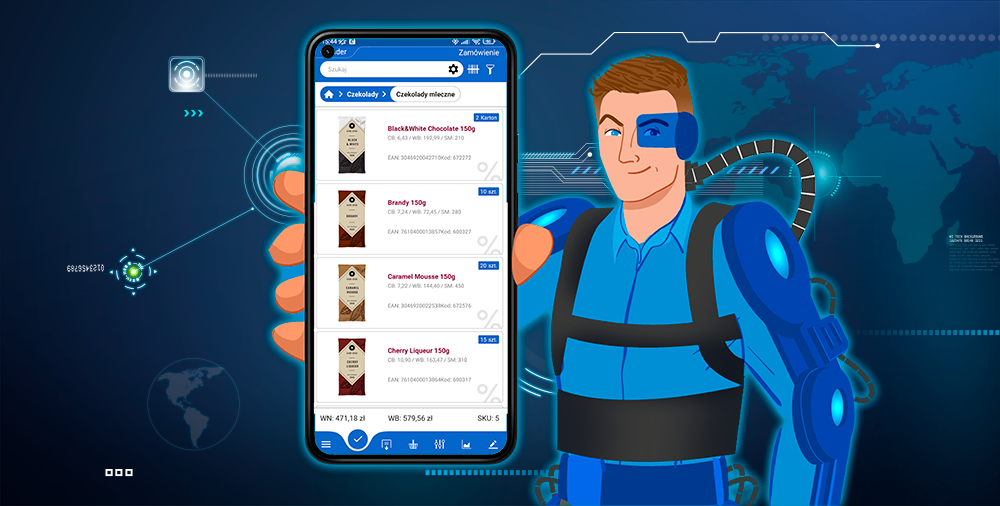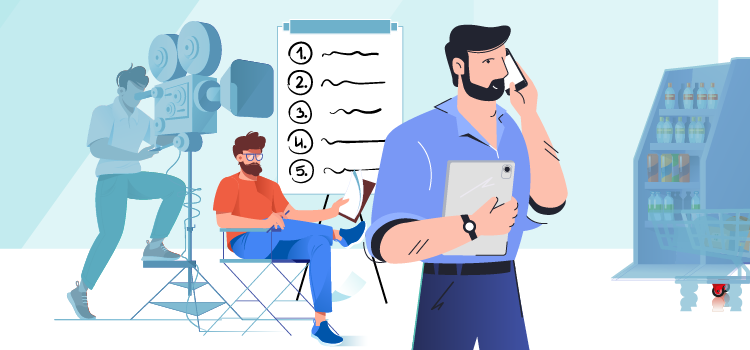
Sales visit scenario – what elements does the ideal one include?
A universal sales visit scenario? It likely doesn't exist. However, if you include these elements, you'll get closer to the ideal. Check the tips
Every day you fight for the attention of your customers. You encourage them to buy your products in a variety of ways: in stores, petrol stations and points of sale. You send sales representatives and merchandisers out into the field to make sure your products are available and visible. Organising their work is a major challenge. You need a good sales visit scenario in order to proceed optimally and correctly. This is where the challenge lies – the specifics of your industry, your internal processes, the size of your team, the tools available or the distances between sales points. It’s hard to find common ground with others. Is it possible to reconcile the needs of each industry and create a single, universal plan for your reps to visit stores?
No, but…
Based on the experiences and similarities of different SFA system users, you can try to create a general but effective pattern. Consider what elements you should include in your team’s sales visit scenario to get closer to this ideal.

A sales visit scenario starts with a daily plan
Daily planning is a critical element of an effective sales force. It enables precise route and working time optimisation, which is essential in a dynamic business environment. The system enables both route optimisation and meeting planning, taking into account business priorities and individual customer needs.
Route and working time optimisation: Using advanced algorithms, the eLeader system helps determine the most effective routes to customers. This saves time and increases the number of possible meetings. Automatic route optimisation takes into account both distances and current road conditions. The result is greater efficiency and reduced travel costs.
Planning with the Visit Assistant: The Visit Assistant is an integral part of the SFA system that supports the daily work planning of a sales representative. This tool allows for quick and efficient organisation of meetings, taking into account individual objectives and customer needs, ensuring an optimal visit schedule.
Monitoring and analysing sales targets: A key aspect of planning is monitoring the achievement of sales targets. Systems such as eLeader Mobile Visit offer dedicated modules for tracking progress towards goals. This enables sales representatives to react quickly and adapt their actions to the current market situation.
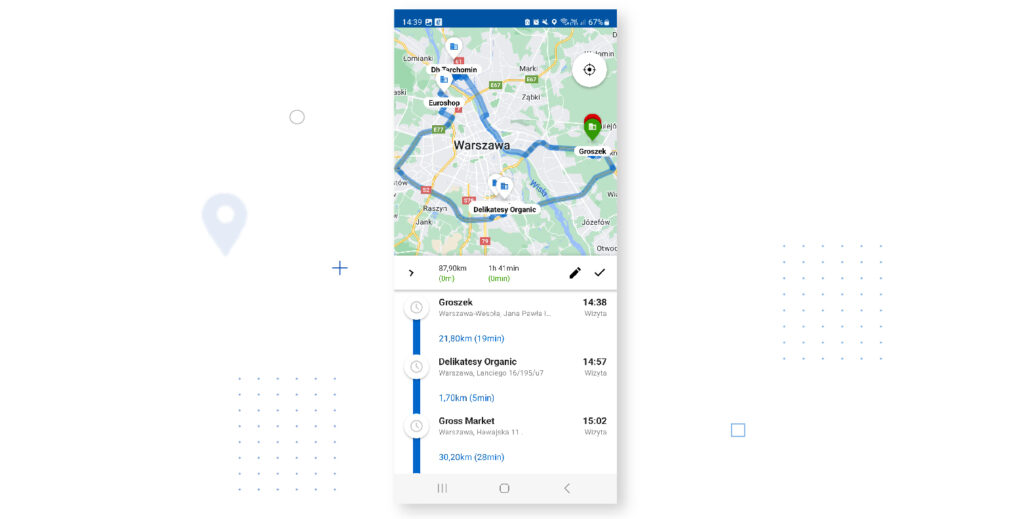
Using SFA tools not only allows for more efficient management of time and routes but also provides a more strategic approach to planning sales visits. The use of data and analytics enables a better understanding of customer needs, leading to more effective and targeted sales.
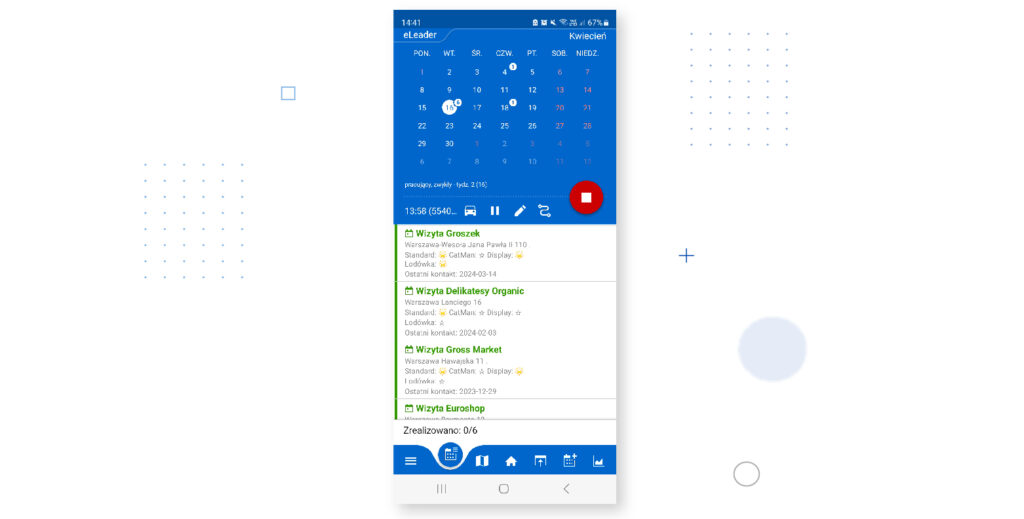
Check-in at the point of sale
It’s time to check in at the point of sale. This stage is not just a formality, but a key element in managing and monitoring fieldwork. SFA systems, such as eLeader Mobile Visit, provide tools that streamline and automate this process to efficiently execute the sales visit scenario.
Creation of the visit history: The system enables the creation and storage of visit histories at individual points of sale. This provides a better understanding of the customer’s history, which can be used to personalise offers and build long-term relationships.
Algorithm training and travel time management: Through check-in, the system can collect data on travel time and time spent with customers. This enables further route optimisation and workday planning. Over time, the system becomes more accurate in predicting travel and visit times.
Confirmation of task completion: Checking in at the point of sale is also proof to the team leader that the representative has actually visited the specified location and completed the assigned tasks. This enables reliable monitoring of the representative’s work and the effectiveness of their actions.
Automation and process improvement: The use of mobile tools makes the check-in process easier and faster, and allows visits to be automatically registered in the system, increasing data accuracy and reliability. Automation is the key to visit effectiveness, as we write about in this article.
With point-of-sale check-in functionality, SFA systems such as eLeader Mobile Visit not only facilitate and streamline the sales visit scenario and the work of sales representatives, but also enable better control and management of field activities.
Merchandising
Merchandising is a critical element of any sales visit. Effective execution of this stage can have a significant impact on sales results. Modern solutions make this process much more efficient and accurate.
Using AI tools for shelf analysis: eLeader Shelf Recognition AI is an example of a tool that uses artificial intelligence to automate the shelf analysis process. Through photographic analysis, the system quickly identifies products, their placement, and display. This allows for quick and accurate analysis of the shelf status in the store.
Checking product presence and visibility: It is crucial to determine whether the company’s products are present on the shelf and visible enough to customers. This is important for maintaining sales continuity and ensuring effective exposure.
Planogram compliance: By comparing the actual display of the product with the planogram, any discrepancies can be identified and corrections can be made quickly.
Analyzing competitors’ actions: It is also worth paying attention to competitors’ products – their presence, promotions, and display methods. This will help you to better understand the market and adapt your merchandising strategies accordingly.
Reporting and corrective actions: Once the analysis is complete, the sales rep can quickly report the results and take any necessary corrective action, such as recommending changes to product displays, conducting surveys or launching promotions.
SFA systems significantly simplify and streamline the merchandising process, allowing sales associates to focus on more strategic aspects of their job while maintaining high standards of product presentation.
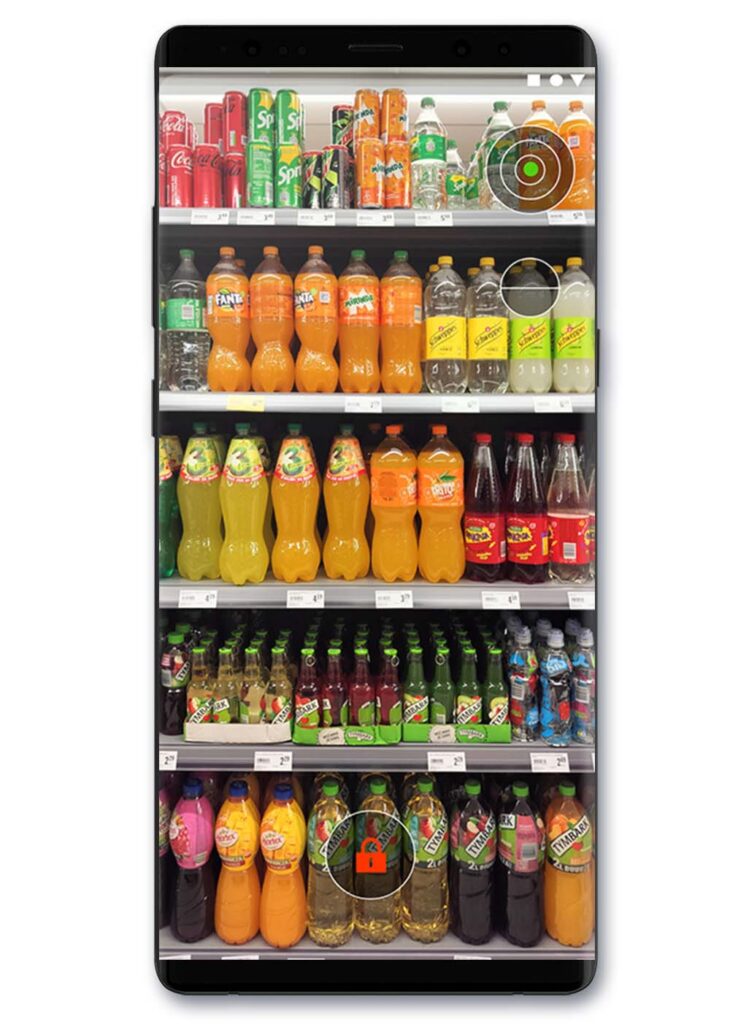
Presenting the offer
This is one of the most important elements of any sales visit. It is the time when the sales representative has the opportunity to present the company’s products and services, highlighting their value and benefits to the customer. An effective presentation can significantly contribute to increasing sales and building long-term relationships with customers.
Using the file and multimedia module: SFA systems, such as eLeader Mobile Visit, offer modules that allow easy management and access to files such as catalogues, brochures or presentations. The sales representative can use them on the spot. As a result, sales representatives always have up-to-date product folders, information on new products and promotions at their fingertips.
Interactive presentations: The use of modern multimedia tools makes it possible to create interactive and engaging presentations of the offer. This approach not only facilitates the communication of information but also attracts the attention and interest of customers.
Tailoring the offer to the customer’s needs: The data collected by the system provides a better understanding of customer needs and preferences. This enables sales representatives to tailor their presentations to the specific customer, increasing their effectiveness.
Product demonstration in action: An important part of the presentation can be showing the products in action, as one of our clients does. Demonstrating how the products work or how they can be used can convince the customer to buy.
Communicating value effectively: The final but equally important element of an effective pitch is the ability to communicate the value and benefits that the customer will gain from the company’s products or services.
It pays to provide tools to help salespeople present their current offer. A convincing and personalised presentation will increase sales.
Order
An element without which the sales visit scenario is not be ideal. It is the moment when the effectiveness of the previous steps of the visit – from planning to presenting the offer – translates into concrete sales results. Effective management of the order process is crucial to achieving sales success.
Review order history: Understanding a customer’s previous purchases is essential to offering them the right products and services. Good SFA systems provide quick access to order history, enabling better personalisation of the offer.
Cross-selling and recommending related products: Using data about the customer’s previous purchases and preferences, sales representatives can effectively suggest related products, increasing order value and strengthening the customer relationship.
Offer attractive promotions: Presenting customers with attractive promotions, especially those tailored to their needs and purchase history, can effectively increase the order size and perceived purchase value.
Order management: Modern tools enable efficient management of the entire order process, from product selection to transaction completion. This simplifies the ordering process for both the sales representative and the customer.
Instant order data transfer: By integrating the SFA system with other enterprise systems, such as order management or ERP systems, order data is transferred in real time, speeding execution and increasing customer satisfaction.
It is worth standardising and structuring the ordering process. It will not only facilitate the entire process but also allow for greater efficiency and better matching of the offer to the customer’s needs. The data collected during this process will also be useful later on – for offering more attractive purchasing conditions and for forecasting future orders.
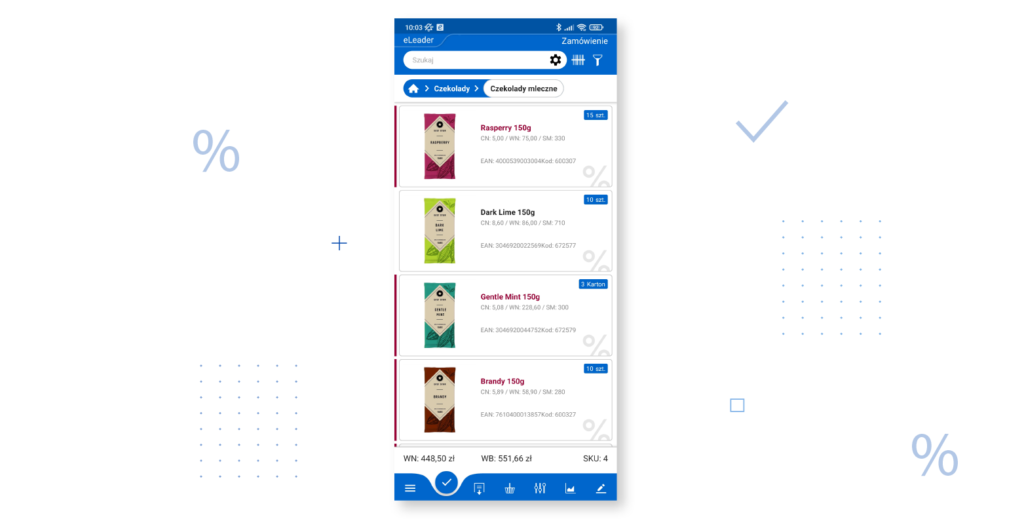
Plan and repeat the sales visit scenario
The final stage of the sales visit scenario, the planning of subsequent activities and visits, is just as important as the previous ones. It is a crucial stage, on which future relationships with the customer may depend. It is the key to maintaining continuity in business contacts and effective time management.
Immediate scheduling of the next visit: Immediate scheduling of the next visit during the current visit allows for continuity in the customer relationship. SFA systems, such as eLeader Mobile Visit, offer features that allow you to quickly schedule future appointments. This is convenient for both the sales representative and the customer.
Gathering information for reports: It is important to collect relevant information during each visit that can be used to produce detailed reports and analysis. This data is valuable for a better understanding of customer needs and more effective planning of future activities.
Creating better visit scenarios: Based on the information and experience gathered from previous visits, sales reps can improve and adapt their visit scenarios to be more effective and tailored to the specific needs of the customer.
Using customer feedback: Customer feedback, both positive and negative, is a valuable source of knowledge on how to improve the product or service and how to adapt the offer.
Building long-term sales plans: Regular visits and their effective planning allow for the development of long-term sales strategies and customer relationships, which are critical to business success.
Using SFA systems at this stage allows for better time management and more efficient planning of future activities, which has a direct impact on sales success and building lasting customer relationships.
The ideal sales visit scenario?
Creating an effective sales visit scenario is key to building and maintaining relationships with points of sale and stores. It is equally important in the new customer acquisition phase. Automating routine elements allows sales reps to focus on what matters most – talking to customers and building lasting relationships. IT systems such as eLeader provide invaluable support for these tasks, making it easier to maximise sales effectiveness.
Want more content like this? Join our newsletter subscribers!
Niche knowledge straight to your inbox!
If you find what you’re reading interesting, sign up for our newsletter to receive valuable articles straight to your email inbox.

Leave e-mail here:

